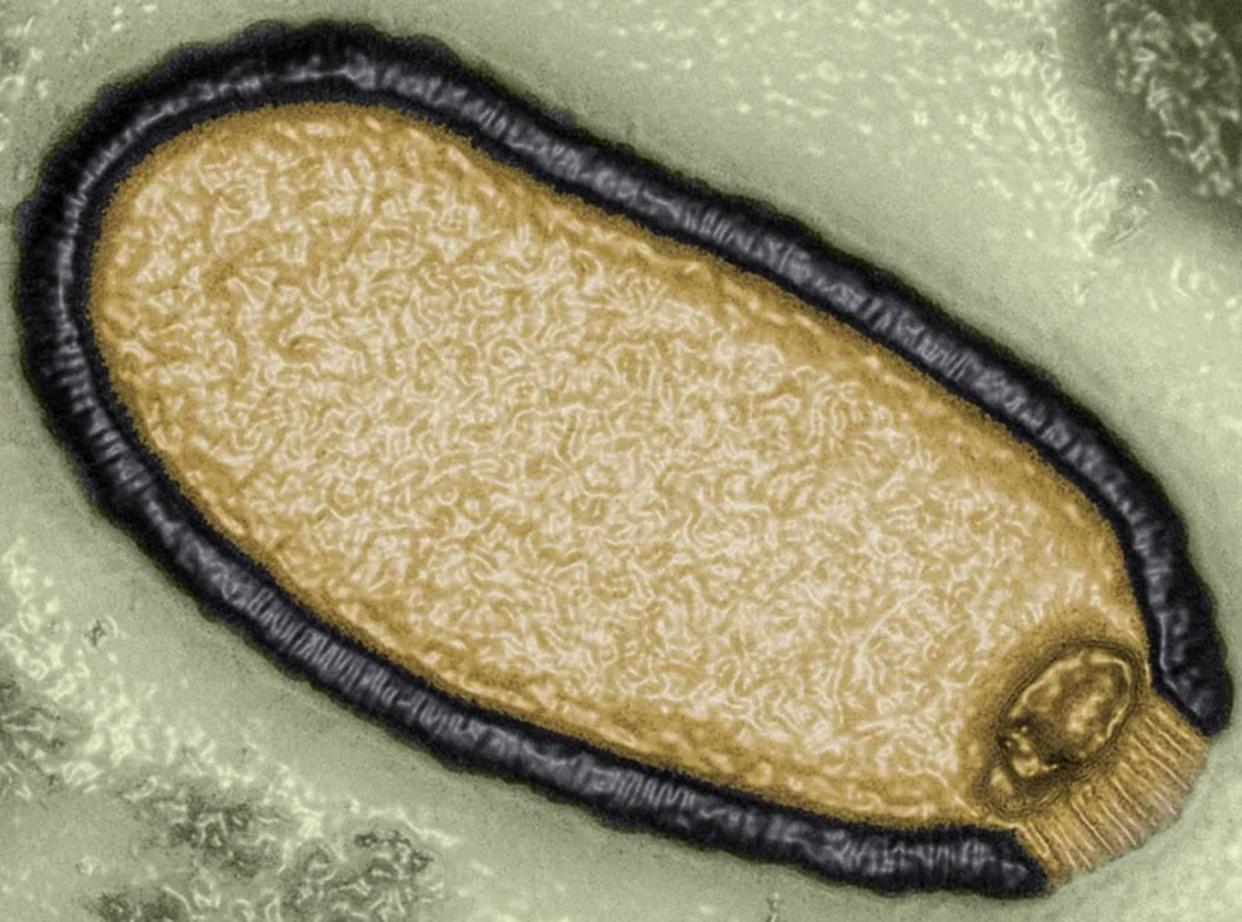Arctic zombie viruses in Siberia could spark terrifying new pandemic, scientists warn

Humanity is facing a bizarre new pandemic threat, scientists have warned. Ancient viruses frozen in the Arctic permafrost could one day be released by Earth’s warming climate and unleash a major disease outbreak, they say.
Strains of these Methuselah microbes – or zombie viruses as they are also known – have already been isolated by researchers who have raised fears that a new global medical emergency could be triggered – not by an illness new to science but by a disease from the distant past.
As a result, scientists have begun planning an Arctic monitoring network that would pinpoint early cases of a disease caused by ancient micro-organisms. Additionally, it would provide quarantine and expert medical treatment for infected people in a bid to contain an outbreak, and prevent infected people from leaving the region.
“At the moment, analyses of pandemic threats focus on diseases that might emerge in southern regions and then spread north,” said geneticist Jean-Michel Claverie of Aix-Marseille University. “By contrast, little attention has been given to an outbreak that might emerge in the far north and then travel south – and that is an oversight, I believe. There are viruses up there that have the potential to infect humans and start a new disease outbreak.”
This point was backed by virologist Marion Koopmans of the Erasmus Medical Center in Rotterdam. “We don’t know what viruses are lying out there in the permafrost but I think there is a real risk that there might be one capable of triggering a disease outbreak – say of an ancient form of polio. We have to assume that something like this could happen.”
In 2014, Claverie led a team of scientists who isolated live viruses in Siberia and showed they could still infect single-cell organisms – even though they had been buried in permafrost for thousands of years. Further research, published last year, revealed the existence of several different viral strains from seven different sites in Siberia and showed these could infect cultured cells. One virus sample was 48,500 years old.
“The viruses we isolated were only able to infect amoebae and posed no risk to humans,” said Claverie. “However, that does not mean that other viruses – currently frozen in the permafrost – might not be able to trigger illnesses in humans. We have identified genomic traces of poxviruses and herpesviruses, which are well known human pathogens, for example.”
Permafrost covers a fifth of the northern hemisphere and is made up of soil that has been kept at temperatures below zero for long periods. Some layers have remained frozen for hundreds of thousands of years, scientists have discovered.
“The crucial point about permafrost is that it is cold, dark and lacks oxygen, which is perfect for preserving biological material,” Claverie told the Observer last week. “You could put a yoghurt in permafrost and it might still be edible 50,000 years later.”
But the world’s permafrost is changing. The upper layers of the planet’s main reserves – in Canada, Siberia and Alaska – are melting as climate change affects the Arctic disproportionately. According to meteorologists, the region is heating up several times faster than the average rate of increase in global warming.
However, it is not melting permafrost directly that poses the most immediate risk, added Claverie. “The danger comes from another global warming impact: the disappearance of Arctic sea ice. That is allowing increases in shipping, traffic and industrial development in Siberia. Huge mining operations are being planned, and are going to drive vast holes into the deep permafrost to extract oil and ores.
“Those operations will release vast amounts of pathogens that still thrive there. Miners will walk in and breath the viruses. The effects could be calamitous.”
This point was stressed by Koopmans. “If you look at the history of epidemic outbreaks, one of the key drivers has been change in land use. Nipah virus was spread by fruit bats who were driven from their habitats by humans. Similarly, monkeypox has been linked to the spread of urbanisation in Africa. And that is what we are about to witness in the Arctic: a complete change in land use, and that could be dangerous, as we have seen elsewhere.”
Scientists believe that permafrost – at its deepest levels – may contain viruses that are up to a million years old and so will be far older than our own species, which is thought to have emerged about 300,000 years ago.
“Our immune systems may have never been in contact with some of those microbes, and that is another worry,” said Claverie. “The scenario of an unknown virus once infecting a Neanderthal coming back at us, although unlikely, has become a real possibility.”
For that reason, Claverie and others are working with UArctic, the University of the Arctic – an international educational network in the polar region – on plans to establish quarantine facilities and provide medical expertise that could pinpoint early cases and treat them locally to try to contain the infection.
“We now face a tangible threat and we need to be prepared to deal with it. It is as simple as that.”


